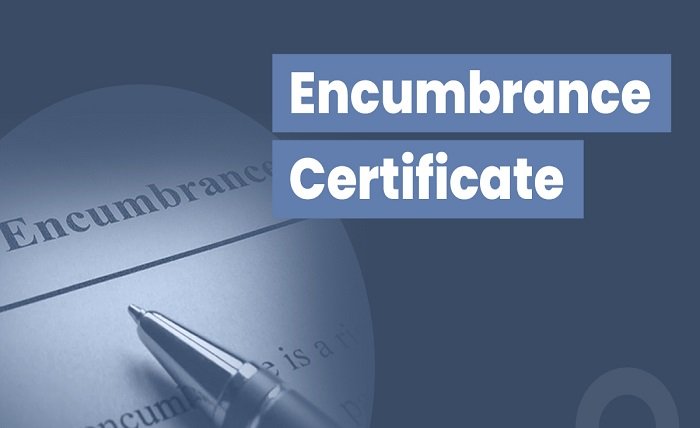Encumbrance Certificate: Everything You Need to Know

An encumbrance certificate, also known as an EC, is a legal document that certifies that a property is free of all financial and legal obligations. This includes mortgages, liens, taxes, and other encumbrances. ECs are required for a variety of purposes, such as buying or selling a property, applying for a loan against property, and transferring ownership of a property.
What is an encumbrance?
An encumbrance is any legal claim on a property that reduces its value or makes it difficult to sell or transfer ownership. Encumbrances can be financial or legal in nature. Financial encumbrances include mortgages, liens, and taxes. Legal encumbrances include disputes over ownership, easements, and restrictive covenants.
Why is an encumbrance certificate important?
An encumbrance certificate is important because it provides peace of mind to buyers and sellers of property. By obtaining an EC, buyers can be assured that the property they are purchasing is free of any legal or financial claims. Sellers can also use an EC to demonstrate to buyers that they have a clear title to the property.
When do I need an encumbrance certificate?
You will need an encumbrance certificate in the following situations:
- When buying or selling a property
- When applying for a loan against property
- When transferring ownership of a property
- When settling a dispute over ownership of a property
- When resolving an easement or restrictive covenant issue
How to obtain an encumbrance certificate
Encumbrance certificates can be obtained from the sub-registrar’s office in the jurisdiction where the property is located. To apply for an EC, you will need to provide the following information:
- The property address
- The survey number of the property
- The name of the current owner of the property
- The period for which you want the EC (usually 30 years)
- A fee
The sub-registrar’s office will then search its records to determine if there are any encumbrances on the property. If there are no encumbrances, the office will issue you an EC.
What does an encumbrance certificate contain?
An encumbrance certificate contains the following information:
- The property address
- The survey number of the property
- The name of the current owner of the property
- The period for which the EC is valid
- A list of all encumbrances on the property, if any
Conclusion
An encumbrance certificate is an important document that can protect your interests when buying, selling, or transferring ownership of a property. By obtaining an EC, you can be assured that the property is free of any legal or financial claims.
FAQ
Q: What is the difference between an encumbrance certificate and a title deed?
A: An encumbrance certificate is a document that certifies that a property is free of all financial and legal obligations. A title deed is a document that proves ownership of a property.
Q: How long does it take to get an encumbrance certificate?
A: It typically takes a few days to get an encumbrance certificate. However, the processing time may vary depending on the sub-registrar’s office.
Q: Can I get an encumbrance certificate online?
A: Yes, you can get an encumbrance certificate online in some jurisdictions. However, you may need to visit the sub-registrar’s office in person to verify your identity and submit the required documents.
Q: How much does an encumbrance certificate cost?
A: The cost of an encumbrance certificate varies depending on the jurisdiction. However, the cost is typically nominal.




